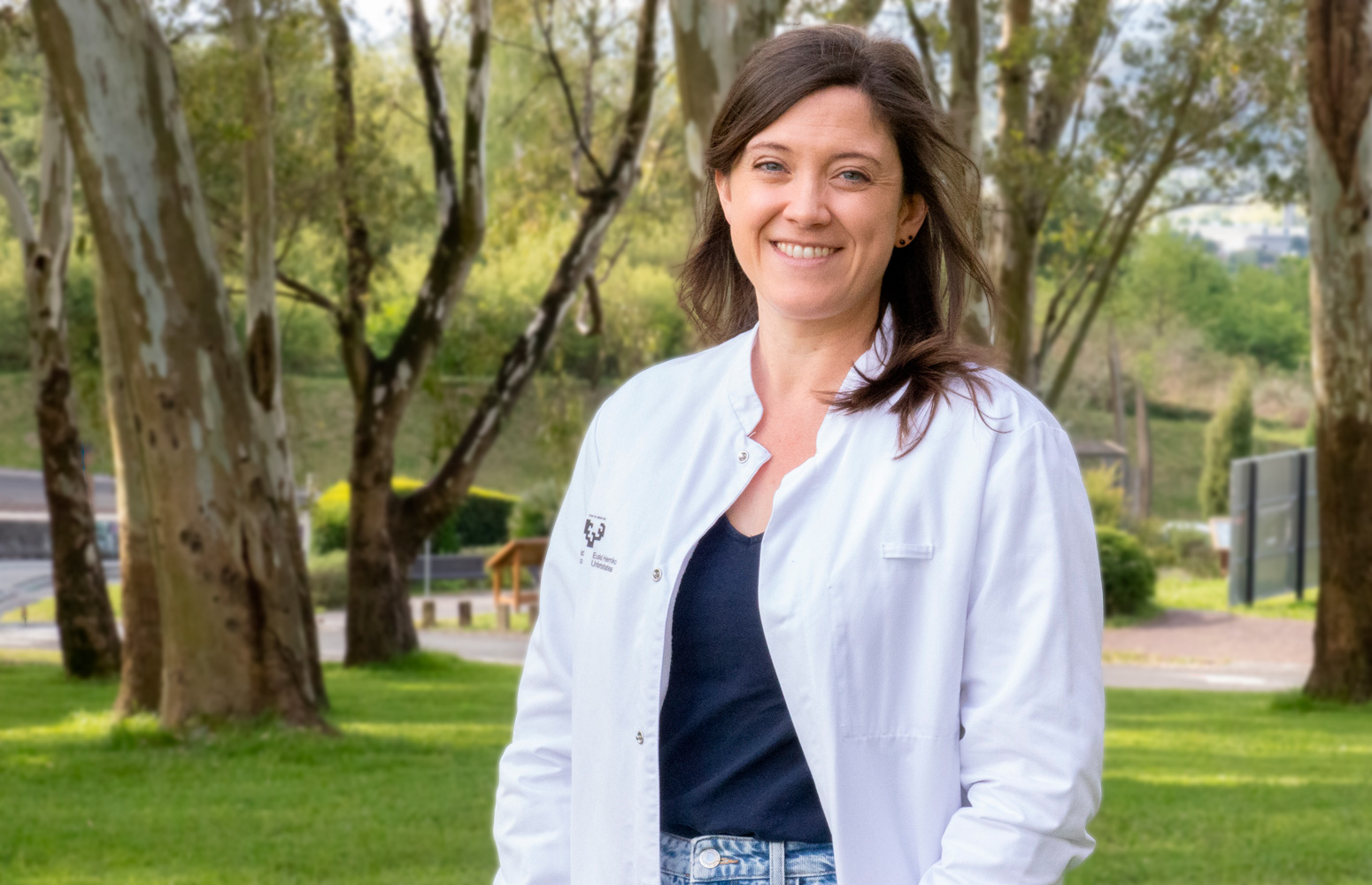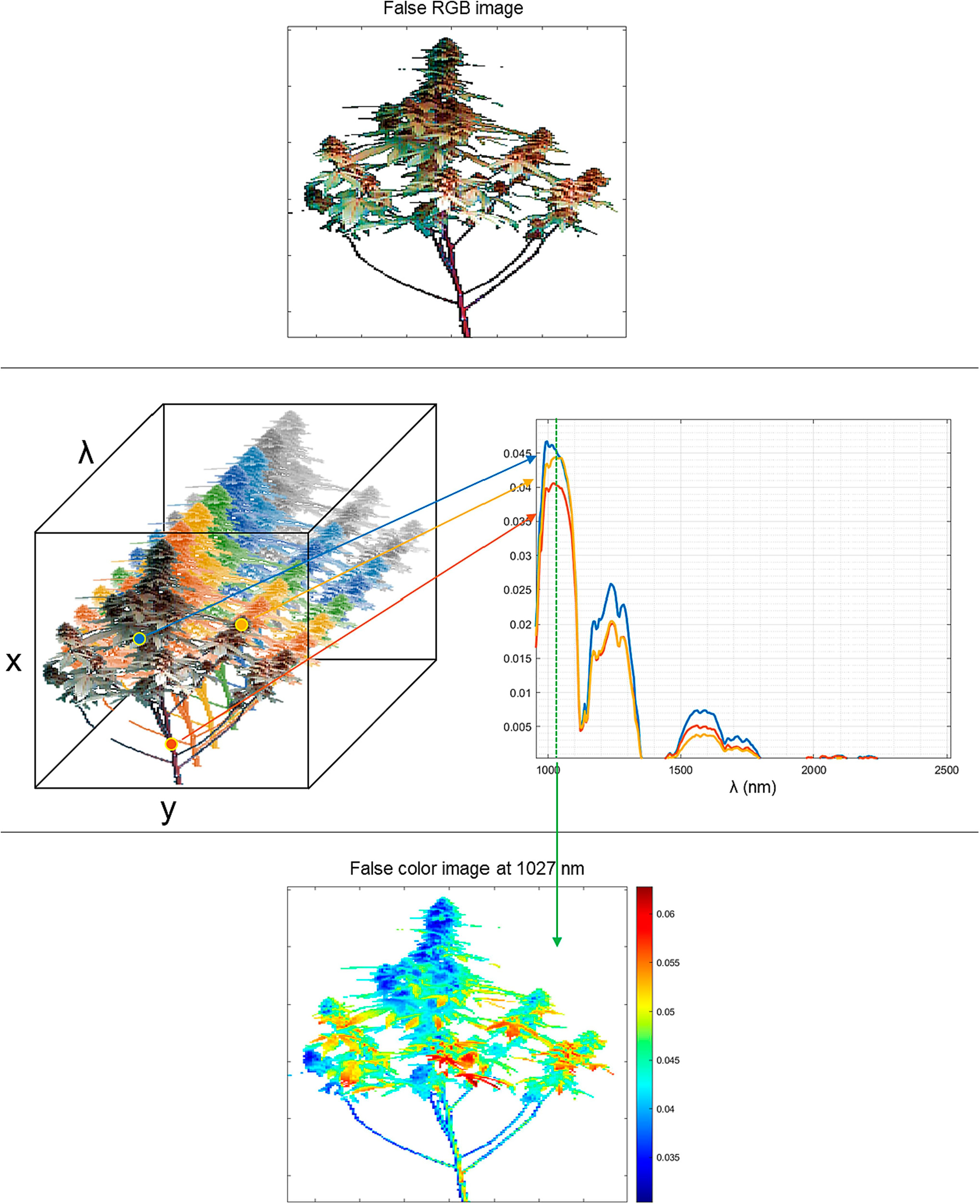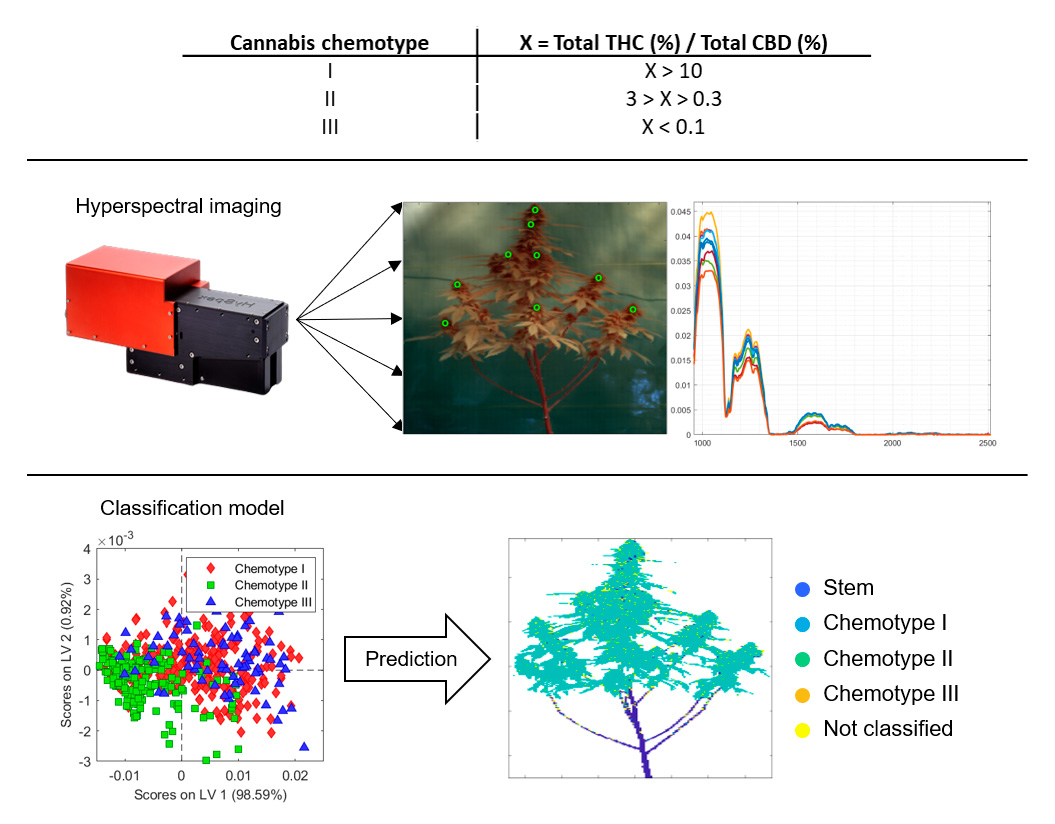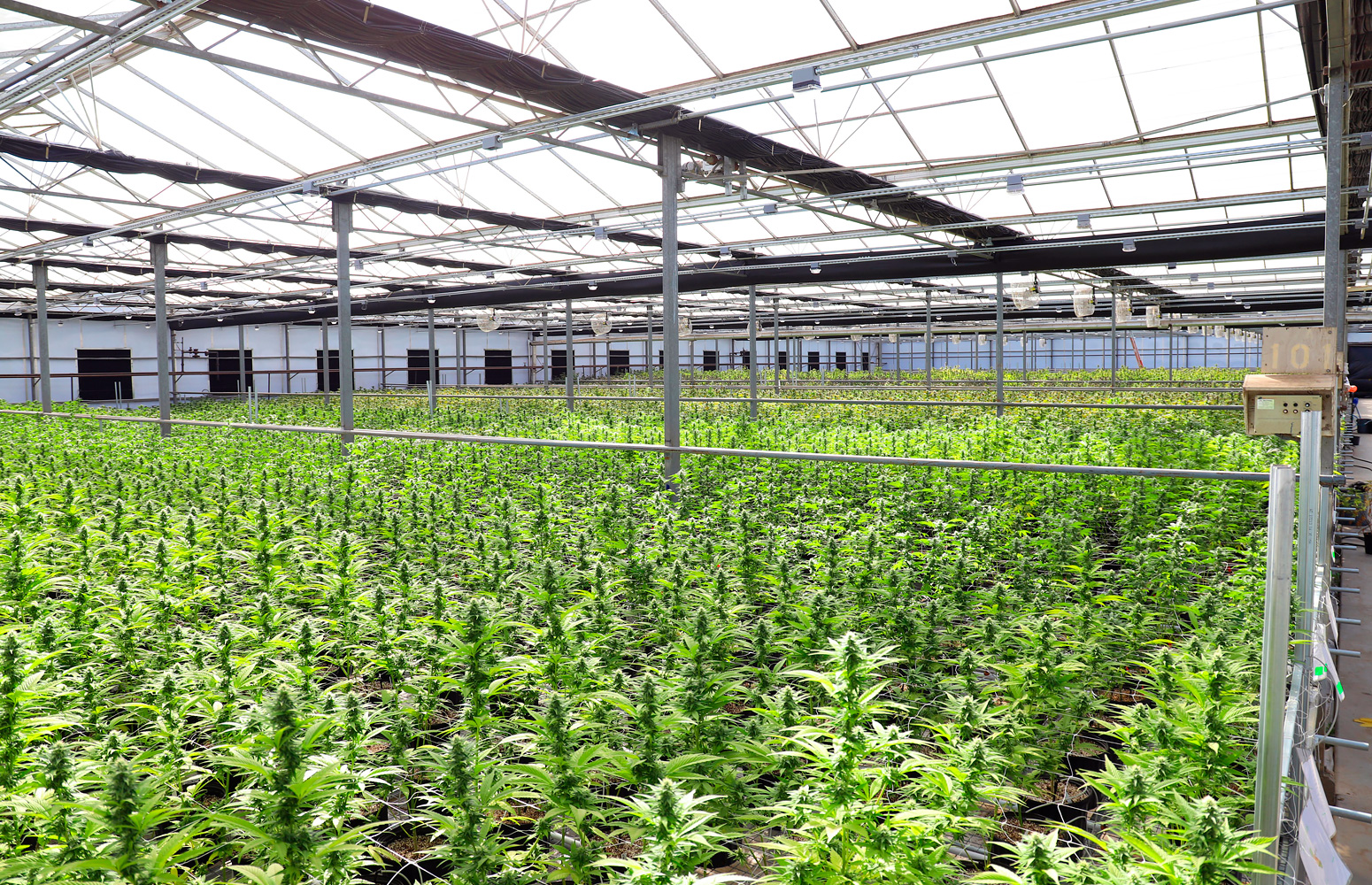To be able to use cannabis in the medical field, researchers from the IBeA group of the UPV/EHU have developed a rapid analytical technique for the strict control of the growth of cannabis plants. The plants have been classified according to cannabinoid type using hyperspectral imaging and machine learning. The new technique would make it possible to automatically ensure the traceability or quality control of medicinal cannabis plants on an industrial scale.
Advanced analytical technologies for controlling medical cannabis production
Hyperspectral imaging and machine learning are used to make the non-invasive classification of cannabis chemotypes in situ
- Research
First publication date: 14/03/2024
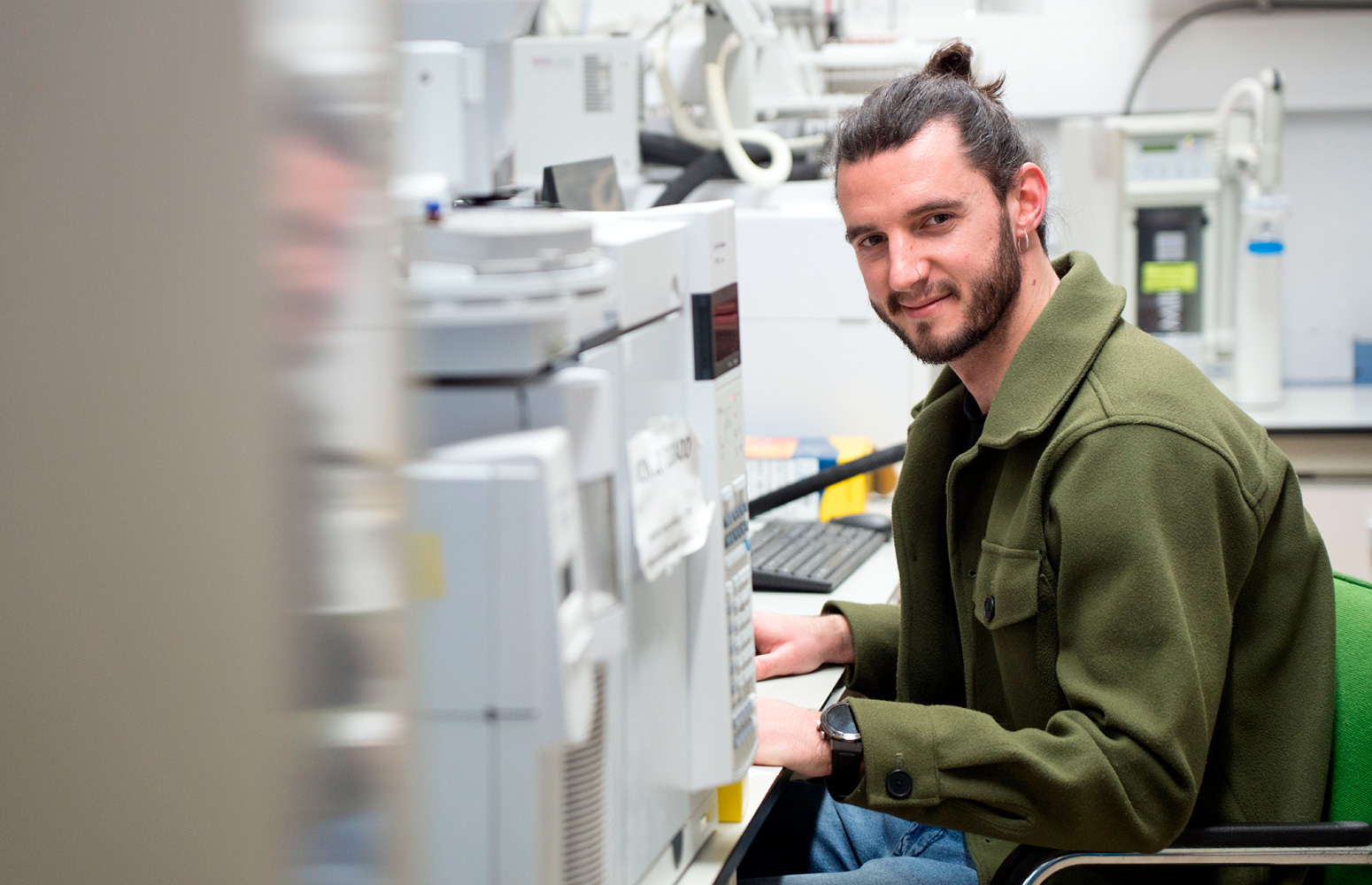
Recent years have seen a growing acceptance of the idea that the use of cannabis may be of great help in certain diseases or as pain relief. Some European countries, for example, have opted to use cannabis as a therapeutic substance. Cannabinoid compounds in cannabis are the ones that have aroused the most interest in medicine, as they have the capacity to influence the regulation of brain plasticity, neural development, energy balance and appetite.
In any case, cannabis synthesises different types of cannabinoids that have different effects on the receptor, both therapeutic and psychoactive. So accurate, efficient methods need to be developed to ensure quality control in the plant production process. “Medical cannabis must be produced in a very controlled way and there is as yet no clear regulation in this regard,” explained Markel San Nicolas, researcher in the UPV/EHU’s IBeA group of the University of the Basque Country.
Researchers in the UPV/EHU's Department of Analytical Chemistry have proposed an advanced analytical technology to rapidly classify the plants on the sites where cannabis is grown. “We have confirmed that cannabis plants can be classified by chemotype using hyperspectral imaging and machine learning,” explained Markel San Nicolás. Cannabis chemotypes I, II and III are differentiated according to the concentration of cannabinoids THC and CBD. THC is the main psychoactive component of cannabis, while CBD is non-psychoactive and is of therapeutic use. “Cannabis plants can be classified as chemotype I, II or III depending on the concentration of the two cannabinoids,” he explained.
Non-invasive method
The techniques currently used to analyse cannabis plants are very accurate, but they are much slower processes: “The samples require pre-treatment: they are dried, extracted and then analysed using analytical techniques such as chromatography. In this work we have shown that the hyperspectral camera allows us to differentiate between plant chemotypes using a much simpler system.”
The researcher explained that hyperspectral imaging is characterised by the fact that “this type of photo has three dimensions. In other words, it has the two dimensions of normal photos, distributed in pixels, but each pixel has a full spectrum instead of a single colour. That way a three-dimensional data cube is obtained. A full near-infrared spectrum corresponds to each pixel and allows us to make a non-invasive analysis of the plants”.
Implementing this technology at the production site itself would “automatically and rapidly ensure the traceability or quality control of the chemotype”, said San Nicolás. And, although the researchers believe that more studies still need to be done, this work could be the starting point to begin using techniques of this type in cannabis production. However, “for this to happen, cannabis-related regulation would have to be established and progress would have to be made in this industrial sector”.
Additional information
Markel San Nicolás-Oruetxebarria wrote up his PhD thesis in the Department of Analytical Chemistry of the UPV/EHU; his thesis supervisors were Dr Aresatz Usobiaga-Epelde and DrOier Aizpurua-Olaizola.
Bibliographic reference
- NIR-hyperspectral imaging and machine learning for non-invasive chemotype classification in Cannabis sativa L
- Computers and Electronics in Agriculture
- DOI: 10.1016/j.compag.2023.108551


